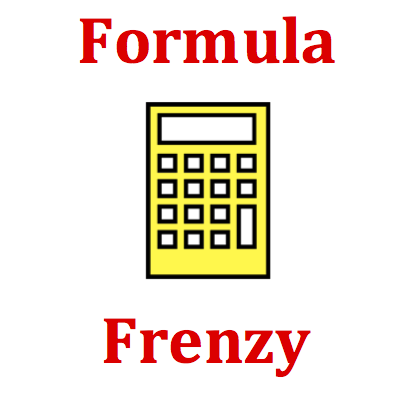Hold down the T key for 3 seconds to activate the audio accessibility mode, at which point you can click the K key to pause and resume audio. Useful for the Check Your Understanding and See Answers.
Mission EC3 Voltage, Power and Energy - Question Group 3 Help

Two identical light bulbs are turned on in a house. If one is left on for twice the time, it will ____ as the other.


As can be seen in this equation, a doubling of the time that a light bulb is on will double the amount of energy used by the bulb.

Current electricity language can be confusing. Confusing or not, it is the language that will be used to describe and explain the physics of electric circuits. Many of the incorrect responses to this question represent a statement that reflects a lack of understanding of terms. You may find it useful (particularly if you have missed this question frequently) to develop a list of terms with their definition, equation, units and a short and meaningful description. The following terms should be included on the list: current, potential difference (voltage), potential energy (work), electric power, charge, current and resistance.
